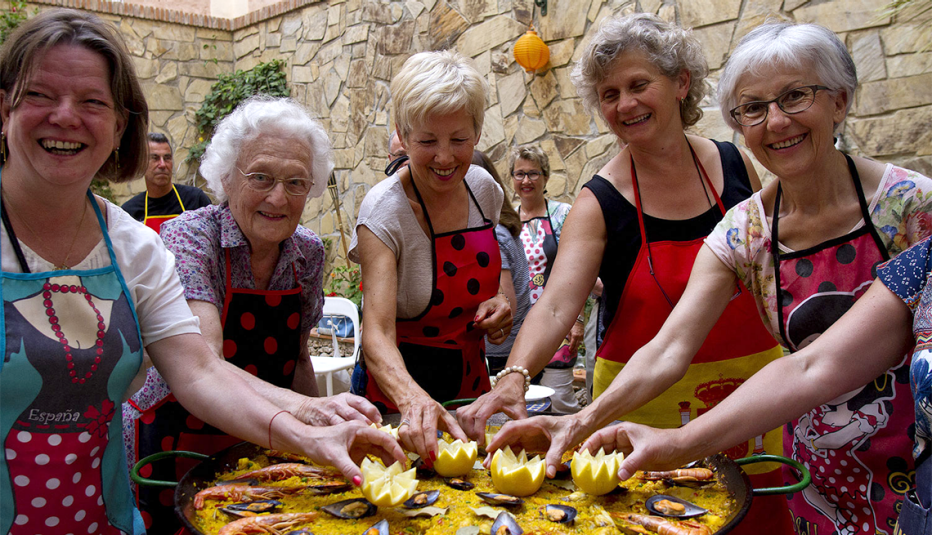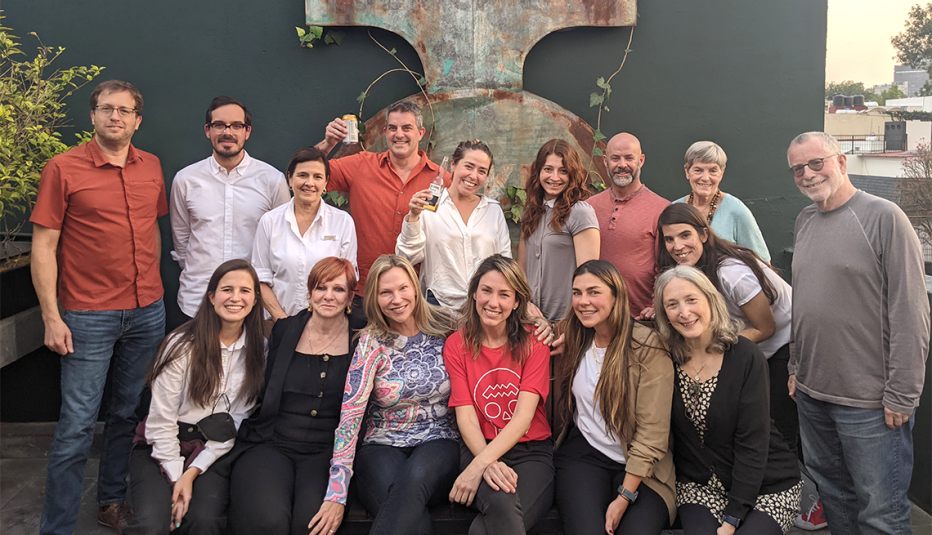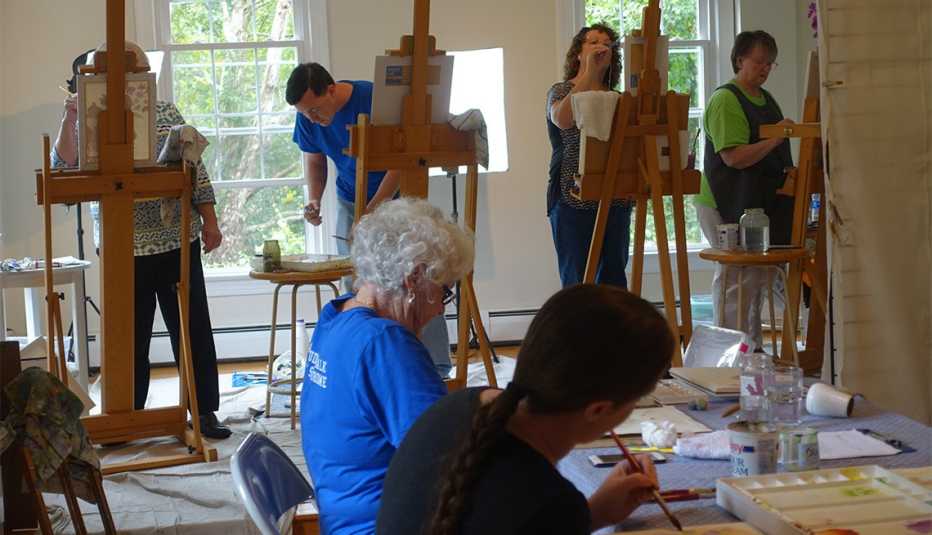AARP Hearing Center
In a hotel rooftop lounge in Mexico City’s tony Polanco neighborhood, I hesitantly begin a speech in freshly learned Spanish to more than 20 fellow adult students and teachers. “Yo voy a México para aprender español. Pero no me gusta estudiar. Y entonces, magia!” This translates to: “I go to Mexico to learn Spanish. But I don’t like to study. And then, magic!”
The speech is my final exam of sorts, the conclusion of a weeklong travel language immersion program with Fluenz. I’ve spent the week mixing twice-a-day Spanish classes with cultural tours around Mexico City. The “magic” of this program has been its ability to combine a fun and useful language course with an equally enjoyable and educational vacation.
Such language study trips have been growing in popularity across Latin America and Europe, particularly among older adults and retirees interested in learning a language after 50. Language trips also embrace the slow travel concept of deeper and more meaningful visits to foreign countries.
The pandemic boom of new language learning technologies and online classes has translated post-pandemic into an increase in demand for in-person foreign study trips. Lingua Service Worldwide, StudyTravel and Fluenz aim to fill that demand.
So how do you decide if a language study vacation is right for you, and where are some good programs you might want to try?
What is a language study vacation?
The basic concept of a language study vacation is to travel to a foreign country for a week or two, splitting time between language classes and cultural tourism activities.
These short-term language programs are mainly targeted at adults (some designed for those 50-plus) with customized courses and group excursions. “We speak to many students 50 and over who want to pick up a language they have studied in the past,” says Cleo Grim, travel adviser for StudyTravel, a Netherlands-based language agency. Students have long-held interest in the country and language and “would like to share this passion with like-minded people” in these programs, Grim says.
Everyone from beginners looking for basic travel phrases to conversational speakers seeking to polish their fluency can enroll in these programs. One 72-year-old woman in the advanced group of my program wanted to improve her Spanish to better appreciate the Mexican soap operas, or telenovelas, she habitually watched at home in New York.





































































